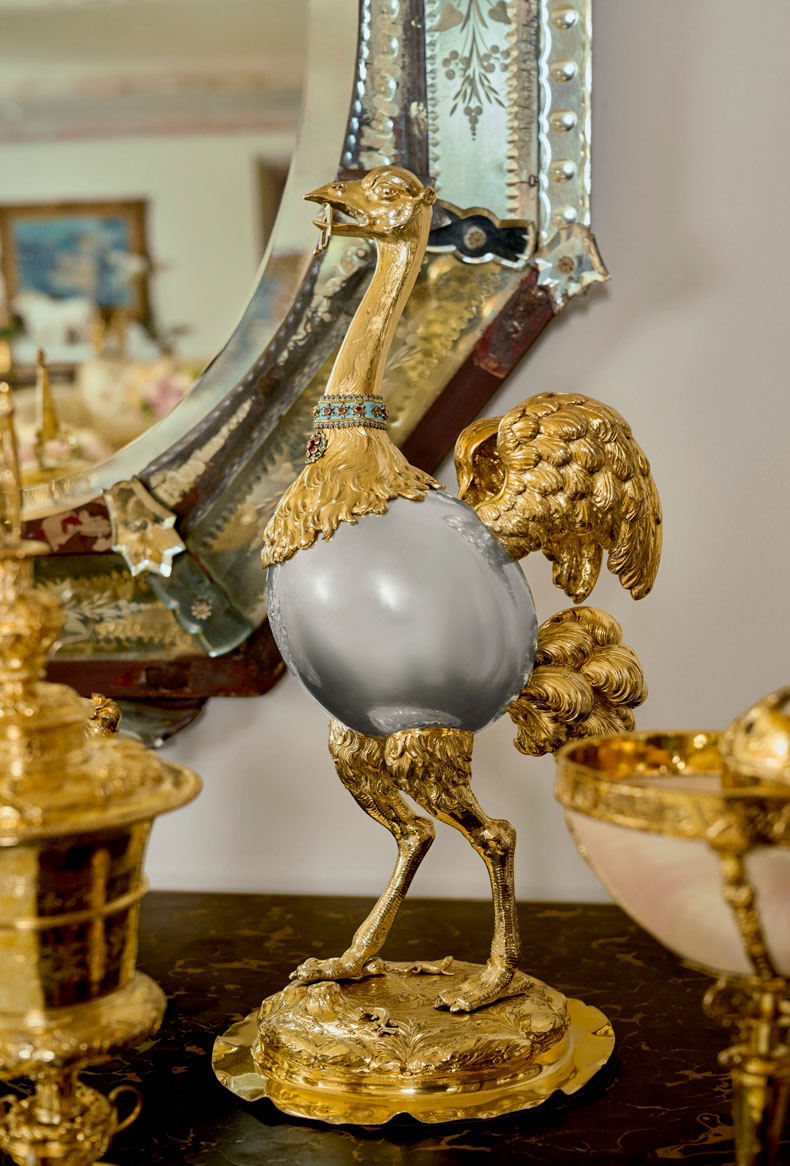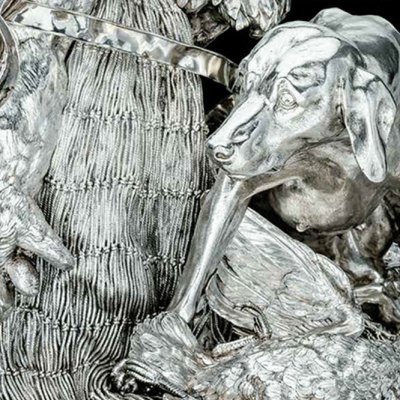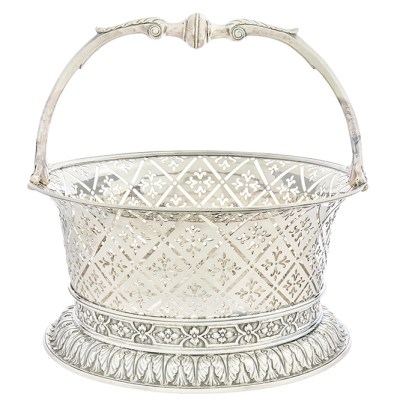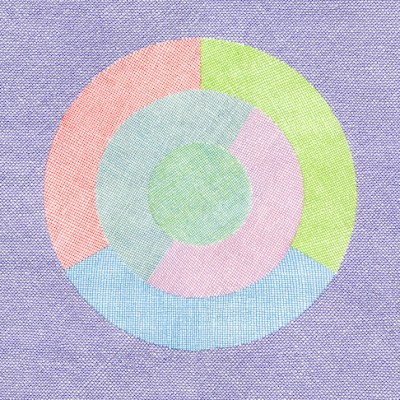In 1977, the contents of Mentmore Towers, better known simply as Mentmore, was sold in what many dubbed ‘the sale of the century’. Though it’s far from the only auction to have been given this name, the contents of the Earl of Roseberry’s house were undeniably impressive. The auction was held inside the house itself, as was the fashion for collection sales in England at the time. This meant that arriving at the auction offered more scope for making an entrance than sale rooms do today. At Mentmore this meant helicopters, a lot of them, as people flew in to take their pick of the best lots available.
Zilkha was born in Baghdad in 1927, but was there for only 40 days. He lived in Lebanon, Egypt and the United States, where he went to high school and served in the US Army during the Second World War. In 1960 he arrived in London and, as the city began to swing, so did his fortune. He was part of the Claremont Club set and counted James Goldsmith and John Aspinall as friends. It was with Goldsmith that he bought 50 branches of nursery furniture chain W.J. Harris and transformed it into a legend of the British high street, Mothercare. At its height, the chain boasted some 400 stores around the UK and sold everything a mother could need for her children – furniture, toys, babycare products, you name it. At the very least this suggests a discerning eye and the ability to spot an opportunity and turn it into a sustained success.
Such discernment is also apparent in an entirely different area of his life. It was one of his great pleasures to shop for silver with the woman who became his second wife, Mary. Zilkha had been married for a brief time to Diane Bashi, with whom he had two children, Michael and Nadia. He lived with Mary and assembled the collection of silver that became such a feature of both of their lives. In the late 1960s, once Mothercare was able to take care of itself, Zilkha was able, according to his son Michael, to get ‘enthused about shopping, whether it was going to Mr Fish for shirts or walking with us [his children] down the King’s Road. And I think that’s when he also started the silver collecting.’ Nadia points out that ‘this was a way, not consciously, to define himself’. As she puts it, ‘It was something Mary and he could do together but there was something English about it. He’d grown up in a very international world, not this European world.’
A South German silver-gilt mounted nautilus cup (c. 1630), Nuremberg. Photo: Christie’s

It was, according to Jonathan Rendell, specialist at Christie’s, the Mentmore sale that changed how they collected. The focus of their attention became Renaissance silver; living in a house in Bel Air, Los Angeles, they not only displayed it but also lived with it. A glimpse of this taste can now be seen at Christie’s, New York, before the collection is sold in February 2025.
There is no doubt that the highlight of the collection they assembled over 50 years is one of the 12 Aldobrandini tazze, a set of 16th-century silver cups likely made in the Netherlands; the Zilkhas’ cup features scenes from the history of the Emperor Augustus. The standing figure at its centre, however, is not Augustus but Nero, owing to previous collectors misinterpreting which figure was which Emperor. The cups were probably presented to the Habsburg governor of the southern Netherlands rather than the renowned Florentine family after which they are named. This cup was gilded in the 19th century and while this sounds like a near-criminal act it is likely that the gilding has preserved much of the detail that can be seen in the battle scenes, each figure perfectly captured in individuated action. The lavish promise of silver and gold gives way, on closer inspection, to a more human story.
A silver-gilt Aldobrandini tazza (figure of Nero, dish of Augustus) (1587–99), probably Netherlandish. Photo: Christie’s

One of the most alluring pieces in the collection is a full set of playing cards in silver. By the time Zilkha bought them from Galerie Kugel his cardplaying had evolved to a love of bridge. Sadly, he did not play with the cards – perhaps one of the few pieces of silver he did not use in everyday life. Harry Williams-Bulkeley, head of silver at Christie’s, remembers visiting the couple in California for dinner and always eating off silver plates.
According to Michael, ‘they didn’t set out to be completists, it was more organic’, an image which fits with the idea of collectors who allowed their collection to grow around them and enter into everyday use. Of course, as it grew, so too did the attention of the best dealers – the Kugels, Phillips. In 2012, a catalogue of the collection was published by Paul Holberton. Renaissance and Baroque Silver, Mounted Porcelain and Ruby Glass presented the collection in all its glory. But, as an entity with a life of its own, the collection could not be contained between the covers of a book. Nadia says, ‘He didn’t stop just because of the book. It might have been something new, a new piece of pottery, but he didn’t stop.’ In some ways, this seems the most fitting testament to the sincerity of Selim and Mary’s collecting.
For all the lavish beauties – a 17th-century nautilus cup showing a silver-gilt figure of Neptune being attacked by a lion from Nuremberg; an Augsburg parcel-gilt silver, enamel and gem-set ostrich egg in the form of a walking ostrich from the same period – what is truly remarkable is that the quality of every object represents a certain quality. Even a simple 16th-century communion cup, which retains what Williams-Bulkeley calls ‘the discovered cake’ to describe the delicate colouration of time at its top, is a work of unimaginable refinement. Rendell says, ‘You go to a house in Bel Air and you find something that is like a Rothschild collection – pretty extraordinary.’
A South German parcel-gilt silver, enamel and gem-set ostrich-form vessel (c. 1655), Augsburg. Photo: Christie’s



